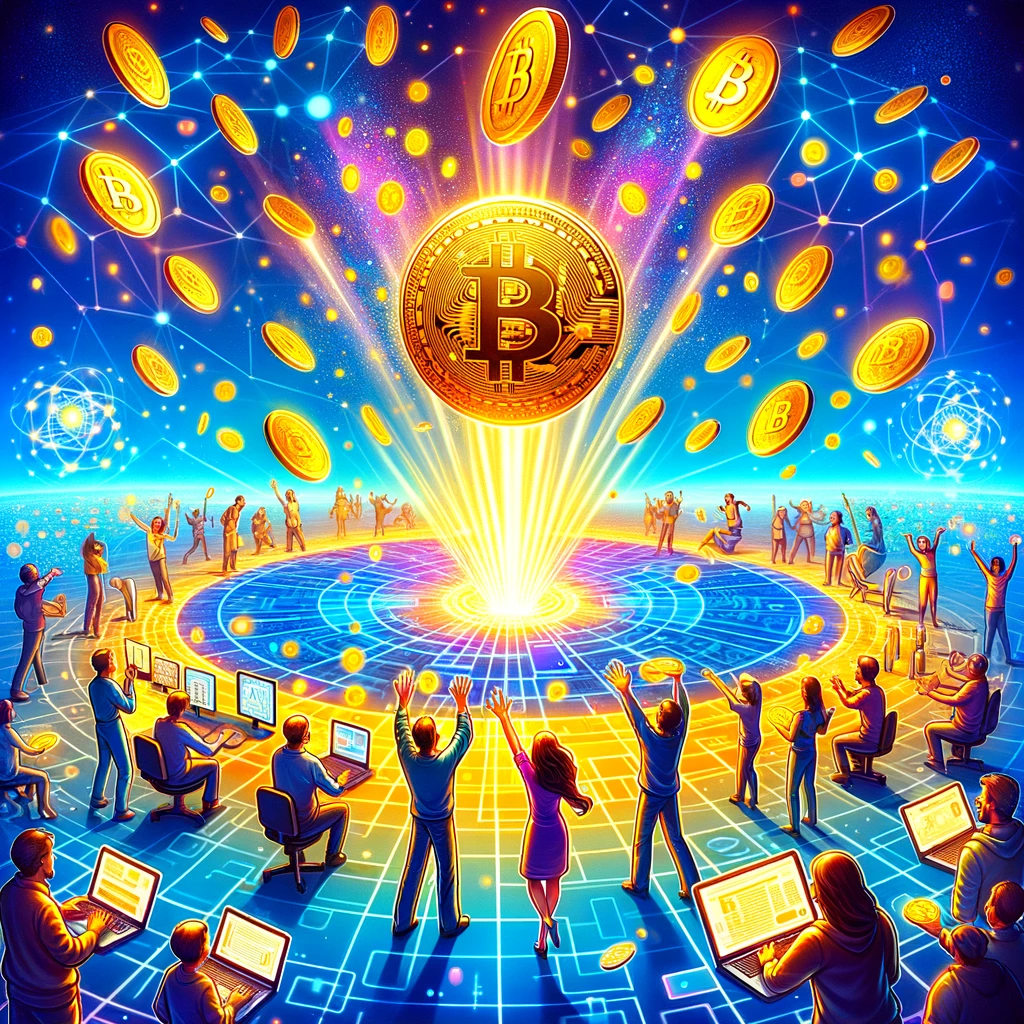Bitcoin ETF marks the beginning of Bitcoin’s second era

It has become clear that Bitcoin’s history to date must be understood across two major eras. Ultimately, it can be divided into three eras.
- Bitcoin Transfer ETF
- PostBitcoin ETF
- PostBitcoin Mining
For now, the first two can explain Bitcoin’s entire history up to this point. The first era is the pre-ETF era. That is, when Bitcoin is most demanded by dreamers, radicals, idealists, risk takers, etc.
when Bitcoin was first launched by founder Satoshi Nakamoto.Early adopters of early technologies were often drawn to the libertarian narrative of endless money printing by central governments and others. These idealists wanted to decouple the country from money and even abolish the Federal Reserve.
While the Bitcoin community congratulated El Salvador President Nayib Bukele, some early Bitcoin miners scoffed that such actions justified the celebration. For example, one famous and outspoken Bitcoin whale proposed to the President: give money back to taxpayersBecause it’s taxpayers’ money in the first place.
It is from the so-called early libertarian sect of the Bitcoin industry that talk of Bitcoin as digital gold has flourished. They argued that the inexorable rise in the price of Bitcoin may be due to a complete devaluation, if not a collapse, of fiat currency.
During this first era, Fortune 500 companies attempted to take action, announcing through press releases that they were accepting Bitcoin through one of the payment providers such as BitPay or Coinbase. Typically, they cashed out immediately.
This era started to get really interesting with the Silk Road. El Salvador issues Bitcoin fiat currency Collaborating with the Bitcoin Maximalist crowd. The period between Silk Road and El Salvador’s Bitcoin fiat law was largely defined by price action, with the last being progress on the Lightning Network, the second layer designed to enable micropayments in Bitcoin.
The first era saw various concepts of mass adoption emerge, for which we will borrow the term ‘HyperBitcoinization’ as an umbrella term. The first manifestations of this concept saw early Bitcoiners focus on retail adoption. Once upon a time in Bitcoin, there was a strong desire for retailers to accept Bitcoin. Bitcoin users are encouraged to go to restaurants, cafes, electronics stores, etc. and receive Bitcoin directly using their cold wallet or through one of the payment providers mentioned above.
Over time, the focus has shifted to convincing major institutions, including governments and corporations, to adopt Bitcoin. It happened. In 2024, Bitcoin received a bid from Wall Street that was once considered unlikely. Gone are the first days of ridicule and criticism from Wall Street executives. be slandered Bitcoin. Do you remember those days? JPMorgan CEO Jamie Dimon has become famous for throwing shade at Bitcoin.
“I have always been deeply opposed to cryptocurrencies, Bitcoin, etc.”
“The only real use cases are criminals, drug traffickers, money laundering and tax evasion.”
“If I were the government, I would have shut it down,” he added.
Dimon went so far as to call Bitcoin his “pet” in Davos.
BlackRock CEO Larry Fink also joined the Bitcoin hater. “Bitcoin shows how much demand there is for money laundering around the world,” he said.
Many things have changed. Fink now calls Bitcoin “the asset class that protects you.”
The US government and Wall Street have approved Bitcoin for mainstream consumption. And today we stand on the cusp of a new world. Mainstream investors are pouring billions of dollars into Bitcoin.
Money managers across the United States are mouth-watering as they perform due diligence before allocating funds to Bitcoin ETFs on behalf of their clients.
However, within a few years of Bukele’s decree, the world experienced true hyperbitcoinization. A very serious, practical man in a suit in a mahogany office, the so-called ‘fat cat’, wanted to adopt Bitcoin. Their activity in the market gave birth to the second era, which began on January 11, 2024, when the US government approved ETFs. Now demand will be supported globally.
Bitcoin’s second era will likely see minimal work from early Bitcoin miners. The overall impact is likely to be small, as a large influx of money will eat into the relatively small industry built on Satoshi’s protocol.
The work of the early Bitcoin miners (the dreamers, radicals, idealists, etc.) above can still be accomplished in the context of Bitcoin, but they will no longer achieve the headlines they did in the early days. Perhaps Bitcoin users can look to their communities and neighbors to continue the good work of early Bitcoin. However, most of the work of early Bitcoin miners had to be done elsewhere. A new day has dawned on the horizon for Bitcoin.
Also Read: Is Bitcoin Price Near Its Peak With Halving?



